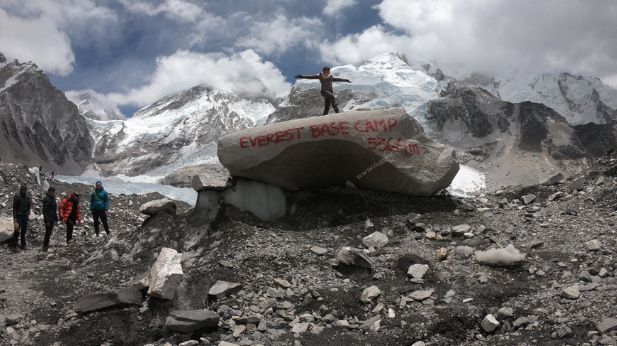Conquering the Everest Three Passes Trek: A Himalayan Adventure Like No Other
For those who seek the ultimate Himalayan challenge beyond the classic Everest Base Camp Trek, the Everest Three Passes Trek offers a rugged and breathtaking journey through some of the most dramatic landscapes on Earth. Combining high-altitude adventure, cultural immersion, and unmatched panoramic views, this circuit trek is a bucket-list experience for seasoned trekkers craving more than the ordinary.
What Is the Everest Three Passes Trek?
The Everest Three Passes Trek is a high-altitude loop in the Everest region of Nepal that crosses three formidable mountain passes: Kongma La (5,535m), Cho La (5,420m), and Renjo La (5,340m). This circuit connects the main Everest Base Camp trail with remote valleys and lesser-visited trails, creating a comprehensive trekking experience that encompasses not only Everest Base Camp but also Gokyo Lakes, Kala Patthar, and pristine Sherpa villages.
The route typically takes between 18 to 21 days to complete, depending on acclimatization schedules and weather conditions. It requires strong physical fitness, mental resilience, and proper preparation due to the trek’s altitude and challenging terrain.
Highlights of the Trek
- Everest Base Camp and Kala Patthar
No Everest region journey is complete without visiting Everest Base Camp (5,364m). From here, trekkers witness the majesty of the Khumbu Icefall and expedition camps. A climb to Kala Patthar (5,545m) offers the best vantage point of Mount Everest’s summit and an unforgettable Himalayan sunrise. - Gokyo Lakes and Gokyo Ri
Nestled in the western part of the Khumbu region, the Gokyo Lakes are a series of sparkling glacial lakes set against towering peaks. Climbing Gokyo Ri (5,357m) provides an awe-inspiring panoramic view of four 8,000-meter giants: Everest, Lhotse, Makalu, and Cho Oyu. - The Three High Passes
Each of the three passes presents a different challenge and reward. Kongma La is the highest and most remote, often requiring a glacier crossing. Cho La features a dramatic ice-covered pass, while Renjo La offers arguably the most scenic descent into the Gokyo Valley. - Rich Sherpa Culture
The trek passes through traditional Sherpa villages like Namche Bazaar, Tengboche, Thame, and Dingboche, allowing for immersive experiences in Buddhist culture, monasteries, and hospitality. Trekkers gain insight into the resilience and traditions of the people who call the Himalayas home.
Challenges and Considerations
The Everest Three Passes Trek is physically demanding and not recommended for beginners. Altitude sickness is a primary concern, so acclimatization days are essential. Weather conditions can change rapidly, especially on the high passes, and snow or ice can make crossings dangerous.
It’s advisable to trek during pre-monsoon (March to May) or post-monsoon (late September to November) seasons for the best weather and visibility. Hiring a guide or porter is strongly recommended for safety, navigation, and local knowledge, especially for solo trekkers.
Permits and Preparation
To undertake this trek, trekkers must obtain:
- Sagarmatha National Park Entry Permit
- Khumbu Pasang Lhamu Rural Municipality Permit
In addition to physical training, trekkers should be equipped with high-quality cold-weather gear, crampons (for Cho La), and layered clothing to adapt to fluctuating temperatures.
Why Choose the Three Passes Trek?
Unlike more commercialized routes, the Everest Three Passes Trek offers solitude, serenity, and a chance to connect more deeply with the Himalayas. The ever-changing landscape—from alpine forests and glacial valleys to high mountain passes and tranquil lakes—makes every day on the trail unique.
For trekkers ready to go beyond the ordinary, the Everest Three Passes Trek is a rewarding challenge that delivers not only adventure but a profound sense of accomplishment and spiritual awe.

